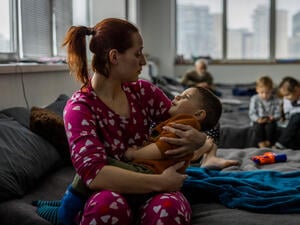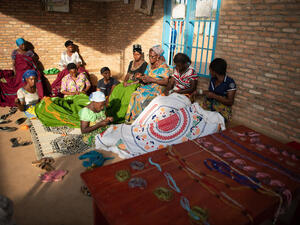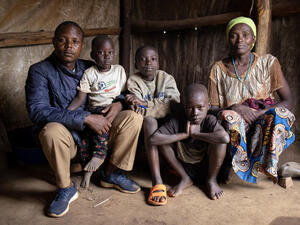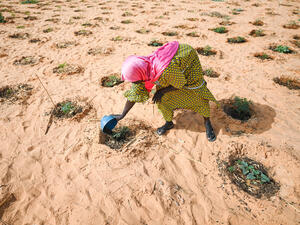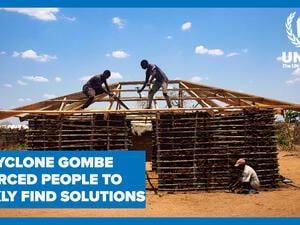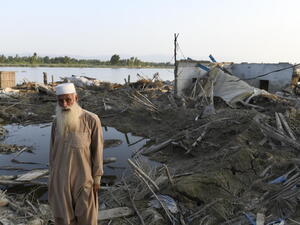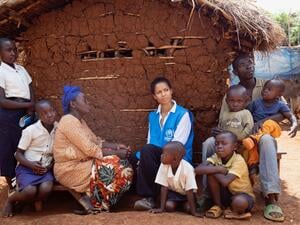Uprooted in their own land: the internal displacement crisis
Uprooted in their own land: the internal displacement crisis

Internally displaced people at a camp in Ituri, Democratic Republic of the Congo, in 2019.
With a record 80 million people forcibly displaced worldwide, UNHCR, the UN Refugee Agency, is highlighting the plight of those who have fled their homes but have remained inside their own countries. Known as internally displaced people (IDPs), they account for more than half of all forcibly displaced people globally.
Unlike refugees, IDPs have not crossed an internationally recognized border to find safety, and their protection remains the primary responsibility of national authorities, even if their own government’s actions may be the reason for their displacement.
‘Uprooted in their own land’ is a new data visualization that sets out the scale and challenge of internal displacement due to conflict and violence, which currently affects at least 45.9 million people worldwide.
It charts the steep rise in IDP numbers over the past decade, driven by prolonged crises including in Syria, Yemen and the Democratic Republic of the Congo, as well as by new emergencies in countries such as Burkina Faso and Mozambique.
"These are some of the world's most vulnerable people."
“These are some of the world’s most vulnerable people, who often find themselves living close to areas of conflict, struggling to access their basic rights, essential services and the assistance that they desperately need,” said Gillian Triggs, UNHCR’s Assistant High Commissioner for Protection.
“Across the world, UNHCR is stepping up its work with governments and partners to help internally displaced people, protect their rights, address the causes of their displacement and find lasting solutions to their plight,” Triggs added. “This task is made harder by unresolved conflicts and fresh outbreaks of violence, which continue to drive millions more from their homes each year.”
The data visualization reveals how internal displacement has become a long-term issue in many places. More than half of all people internally displaced by conflict and violence are found in just five countries, all of which have experienced conflict or insecurity for at least a decade.
It also charts the increasing urbanization of displaced populations, and the particular challenges this trend poses.
The data visualization also spells out some of the major challenges faced by IDPs in accessing their legal rights, from voting and property rights to securing identity documents.
The best options for lasting solutions to internal displacement are also outlined, including voluntary return home when conditions are safe, local integration or relocation to other parts of the country.

